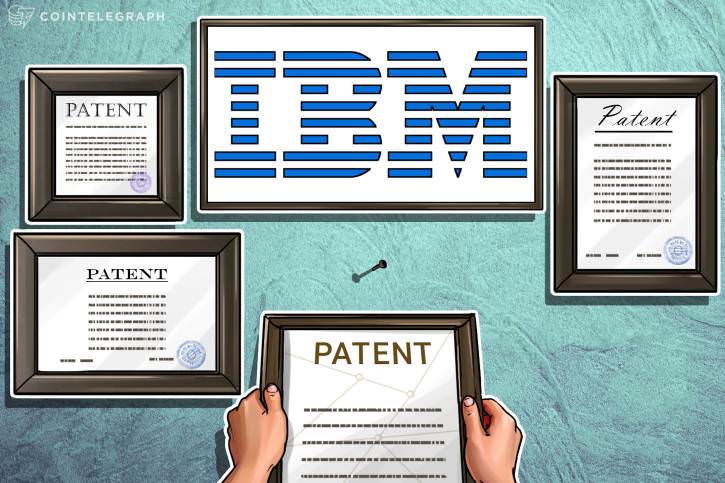
Tech giant IBM has filed a patent for an Internet of Things (IOT)-focused Blockchain configuration which would tailor the proof-of-work (PoW) protocol in order to address potential security issues in IoT networks, in an application published April 26.
The patent proposes:
“A method, comprising: determining a proof-of-work via an [IOT compatible] device; using a predefined set of nonce values when determining the proof-of-work; storing the proof-of-work on a blockchain; and broadcasting the proof-of-work as a broadcast message.”
Nonces are used in PoW systems to vary the input to a cryptographic hash function so as to obtain a hash that fulfills certain conditions. IBM’s idea to restrict a nonce – literally, a “number that can only be used once” – to a predetermined range could potentially solve two challenges currently facing Blockchain solutions for IoT networks.
IoT devices are embedded with software, sensors and network connectivity, and a Blockchain solution could decentralize the interaction between these devices as well as enable them to execute smart contracts.
Many IoT devices – for example an IP-enabled doorbell of a smart dishwasher – are however “low-power” devices, meaning that they don’t have enough computational power to compete with dedicated mining devices, such as application-specific integrated circuits (ASICs). A network of such devices that would deploy a proof-of-work protocol thus faces a problem of being unable to conduct resource-intensive PoW calculations and at the same time remain secure from malicious external actors, as IBM describes:
“Most IoT devices are constrained in the amount of energy they can consume. To enable such low-power devices to compute proof-of-work for smart contracts, the complexity of a crypto-effort or crypto-puzzle should be reduced. However, reduction in the complexity of the crypto-puzzle can enable malicious participants to manipulate the smart contracts.”
IBM’s proposal ensures that intra-network competition can be controlled, as well as protected from powerful outside actors, as “the complexity of constructing a PoW can be adjusted dynamically, such that there is no incentive for any IoT device to use computing power beyond a determined threshold to increase its chances of a successful completion of a PoW.”
IBM envisions the applications of IoT smart contracts could extend to “peer to peer (P2P) energy networks, logistic networks, crowd-sourced weather networks, and the like.”
IBM has previously collaborated with Samsung on another Blockchain proof-of-concept for IoT networks.
